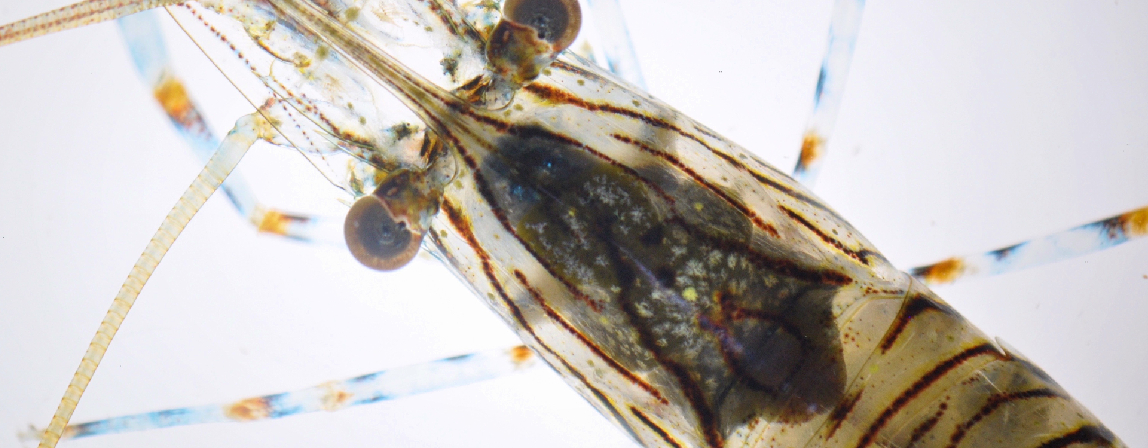Around the world Posted on 2024-03-01 10:39:01
Network initiatives
Biosecurity for small-scale aquaculture
A project to collect and evaluate existing guidelines on aquaculture biosecurity for small-scale farms in Asia and the Pacific
Keywords
Authors
M. Allan(1)* , E. Leano(2), T. Patanasatienkul(3)
(1) Regional Activities Department, World Organisation for Animal Health
(2) Network of Aquaculture Centres in Asia-Pacific
(3) Regional Representation for Asia and the Pacific, World Organisation for Animal Health
*Corresponding author: M.Allan
Aquatic animal production systems are epidemiologically linked through the movement of people, trade in aquatic animals and their products, and through the aquatic environment. These links create shared risks and the need to address those risks collectively. If aquatic animal production is to continue to grow sustainably, national, regional and international aquatic animal health management will need to keep pace with the growth and changing nature of aquatic animal production.
One of the activities under Objective 2 (Capacity Building) of the Aquatic Animal Health Strategy is to support small-scale aquaculture. This means making effective tools available to communities who rely on small-scale aquaculture so that they can reduce their vulnerability to the impact of aquatic animal disease.
Small-scale aquaculture is a vital contributor to local economies, cultures, livelihoods and human nutrition in many Asia−Pacific countries. However, managing aquatic animal health in such environments can be challenging as small farms often lack the infrastructure and capacity to carry out biosecurity measures. They are sometimes referred to as the ‘weakest link’ in the overall implementation of farm-level aquaculture biosecurity. As a result, opportunities to reduce disease transmission and respond to emerging disease threats may be limited.
With the increasing incidence in the transboundary spread of important and emerging aquatic animal diseases, aquaculture biosecurity has never been so important. Although many countries still lack regulations on aquaculture biosecurity, some have made progress in formulating guidelines. However, these countries still face challenges in carrying them out, especially at the farm level, since small-scale farms are so dominant in this area.
To gain a better understanding of biosecurity practices in the Asia−Pacific region, the Network of Aquaculture Centres, in collaboration with the FAO and WOAH and aquaculture experts within these countries, began to collect and collate all available information on aquaculture biosecurity for small-scale farms from selected countries in the Asia−Pacific region, including existing regulations and guidelines and any other relevant material.
The information was individually assessed, and important biosecurity measures were extracted and consolidated into a number of categories. Appropriate farm-level measures were developed for adoption by aquaculture operations, including small-scale farms, depending on their capacity to implement them. These measures can also be used as guidance by most countries in the region when formulating farm-level biosecurity measures.
The project found that, overall, most countries do not have a single regulation to address general aquaculture biosecurity. Specific biosecurity measures are included in various national regulations on disease prevention and control, best management practices, strategies for animal health and the environment, transboundary movement of live animals, and emergency response measures. Specific commodity and farm-level regulations are also available in many countries.
The final report for this project is available here.
https://doi.org/10.20506/bull.2023.2.3421












